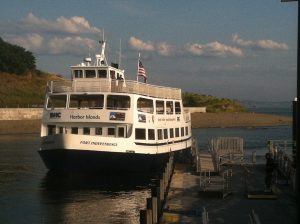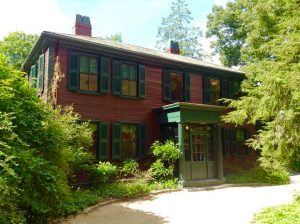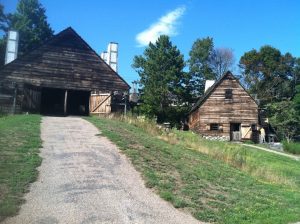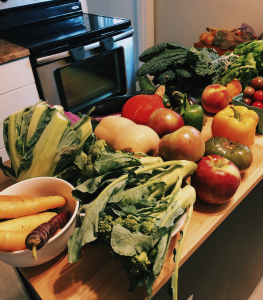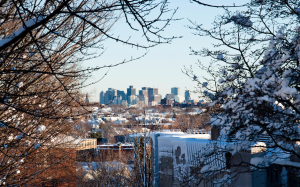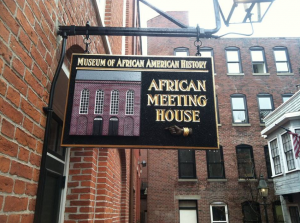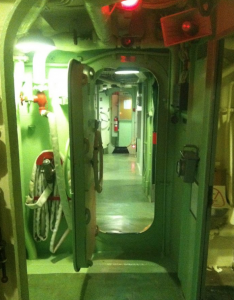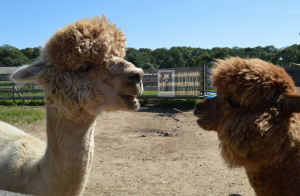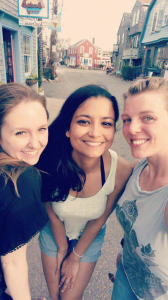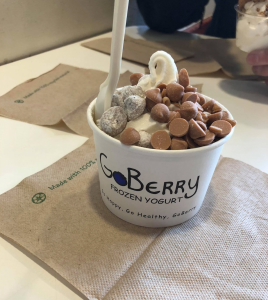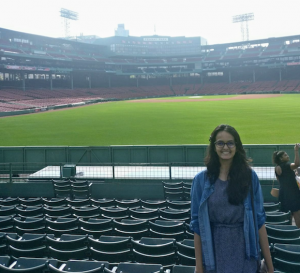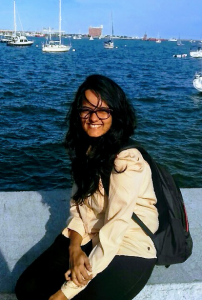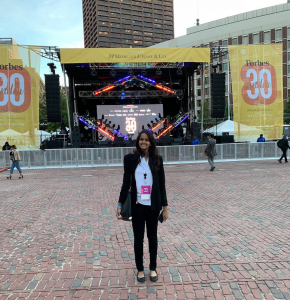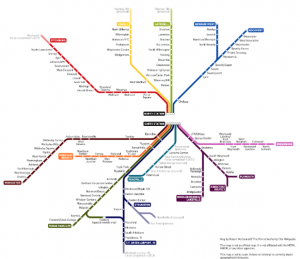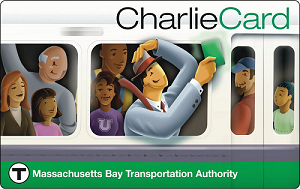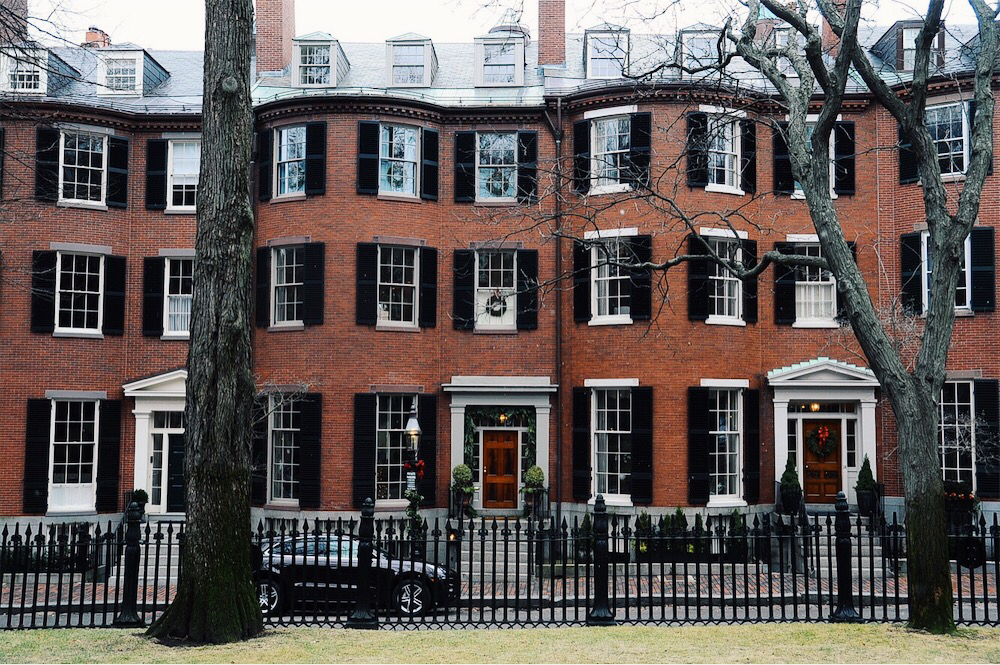
Written by Ece Gulsan, Chemical Engineering Ph.D. student
If you are new to Boston and have no idea what to expect from this beautiful city, chances are high that you are already confused because there are many different views about Beantown. Some people will tell you about the wicked cold winters and some will claim there is nothing to do here, but a considerable amount of Bostonians will try to prove to you that Boston is the best city in the entire world. For me, it was love at first sight. The historic red brick buildings, Fenway Park, beautiful public gardens, wide variety of restaurants, and iconic identity stole my heart. I had a chance to live in many different countries, but Boston is by far the only place I feel home away from home.
First of all, it is not Beantown: it is Braintown. The greater Boston area hosts many world-class colleges, which means thousands of smart, well educated, and intellectual people live within a couple of miles. While hanging out at your favorite brewery, you can meet someone who might be curing cancer for a living. You will learn a lot from your upstairs neighbor who is getting her Ph.D. in a comparative study of Turkish and Japanese Occidentalism. Or you can see a stranger reading a book about Marxist Histography on your subway (locally called the T) ride back home. Everybody is passionate about something, and the variety of their interests is mind blowing. Boston is obviously the learning capital of the world; living in such city always challenges you intellectually and keeps you stimulated.
Speaking of people, you might have heard that Bostonians are not as friendly as people from other parts of the country – which I strongly disagree with. Most of them are nice, say “thank you” and “excuse me,” and are happy to help you whenever you need. They say “stay warm!” during the winter as a way of saying “goodbye”, and I think this is the cutest and the most Bostonian thing ever! They just do not always look friendly from the outside, because you cannot possibly smile and survive a New England winter at the same time. Everybody minds their own business, which is pretty fair, but once you get to know people, they’re kind and helpful.
Fun fact: GQ once ranked Boston as the “Worst Dressed Town in America”. In my defense, I love wearing my Red Sox cap and Tom Brady jersey together, knowing that people will not judge me by what I wear, but by who I am. Plus, in the winter, it is way too cold to care about what I wear anyways. The first thing my Bostonian friends taught me was that layers are your best friends.
You will always see people going for a run early in the morning, and a snow storm is never an excuse to skip leg day. My 6:00 a.m. Rise and Shine yoga classes are always almost full, and I think this is refreshing. Boston locals are very health-conscious and it is very inspiring to live in such a community.
If you enjoy trying out new restaurants and bars, the city has a lot to offer. From authentic Vietnamese to hearty Mediterranean cuisine, you will find anything that you are looking for. Still not satisfied? New York City, the gastronomic capital of the East Coast, is just a bus ride away.
You will never run out of things to do in Boston. If you are interested in art, the museums have a lot to offer, not only because they have magnificent collections, but also because they organize a lot of great events regularly. Check out Third Thursdays at the Isabella Stewart Gardner Museum, where you can learn how to make a Venetian mask or craft a Caribbean cocktail. Go to movie nights on Fridays at the Museum of Fine Arts. Are you more into self-development? Attend public courses organized by local universities. Attend Harvard’s mini-med school program for the public and participate in discussions with brilliant professors. Become a member of MIT Waste Alliance and meet ecologically conscious people.
If you need a change on weekends, Boston’s location is hard to beat. Do you want to see fall foliage? Head to Vermont for a romantic weekend getaway, and stop by an apple farm on your way back home to pick some tart Granny Smiths. Do you want to ski? The mountains you hiked in September in New Hampshire turn out to be a fantastic ski resort. Is it starting to get warmer up here? Hop on the commuter rail to visit Rockport and take long walks right by the ocean. Is it beach time already? Cape Cod is waiting for you with its beautiful coastlines and amazing seafood, only a two-hour drive from Boston.
Before I conclude, let me describe my perfect Sunday in my favorite city. Have a long brunch in Cambridge with your loved ones, and head to the Harvard Book Store to wander around bookshelves. Go downstairs for the used books section, leaving your expectations behind. Once I ended up buying a book about the feelings of octopuses, and now I know way too much about them. Stop by Tatte Bakery to grab a cup of coffee, and find a spot to enjoy your new-old book. Visit Somerville Farmer’s Market on your way home to buy some fresh produce for the week.
You never know what you will find in Boston, but I am confident that you will love it here as much as I do. If you’re very lucky, you might even meet philosopher and linguist Noam Chomsky while waiting for your coffee (trust me, I’ve met him!).

